
On the night of July 17, 1918, in the basement of the Ipatiev House (House of Special Purpose) in Yekaterinburg, last Russian Emperor Nicholas II, his wife, daughters and son, as well as a number of close associates and servants were executed.
The decision to execute the monarch and his family was made by the Presidium of the Ural Regional Council of Workers', Peasants' and Red Army Deputies, the body of Soviet power in the Urals, which, in addition to the Bolsheviks, included anarchists and Leftist Socialist-Revolutionaries.
The reason given was the possible capture of the city by the Whites (which actually happened on July 25) and the danger that the former tsar would fall into the hands of counter-revolutionary forces. In order "not to leave a banner" to the supporters of the restoration of the monarchy, the members of his family were also shot.
The execution of the Romanovs' cronies and servants was not initially intended, but it was decided that if they wanted to stay with the royal family – let them share their fate.
It is still debatable what role Lenin and the Bolshevik leadership in Moscow played in this case. It is not exactly known whether they gave a tacit order for the execution or were put before the fait accompli.
So, who actually took part in the murder of the Romanovs and what was their fate?

The commandant of the Ipatiev House, Chekist (Soviet secret police officer) Yurovsky directly supervised the execution of the emperor. After working in the Cheka, he moved to the People's Commissariat of Foreign Affairs and also held senior positions at the ‘Red Bogatyr’ plant (which produced rubber shoes) and in the Polytechnic Museum.
On August 2, 1938, Yurovsky died in Moscow from a perforated duodenal ulcer.
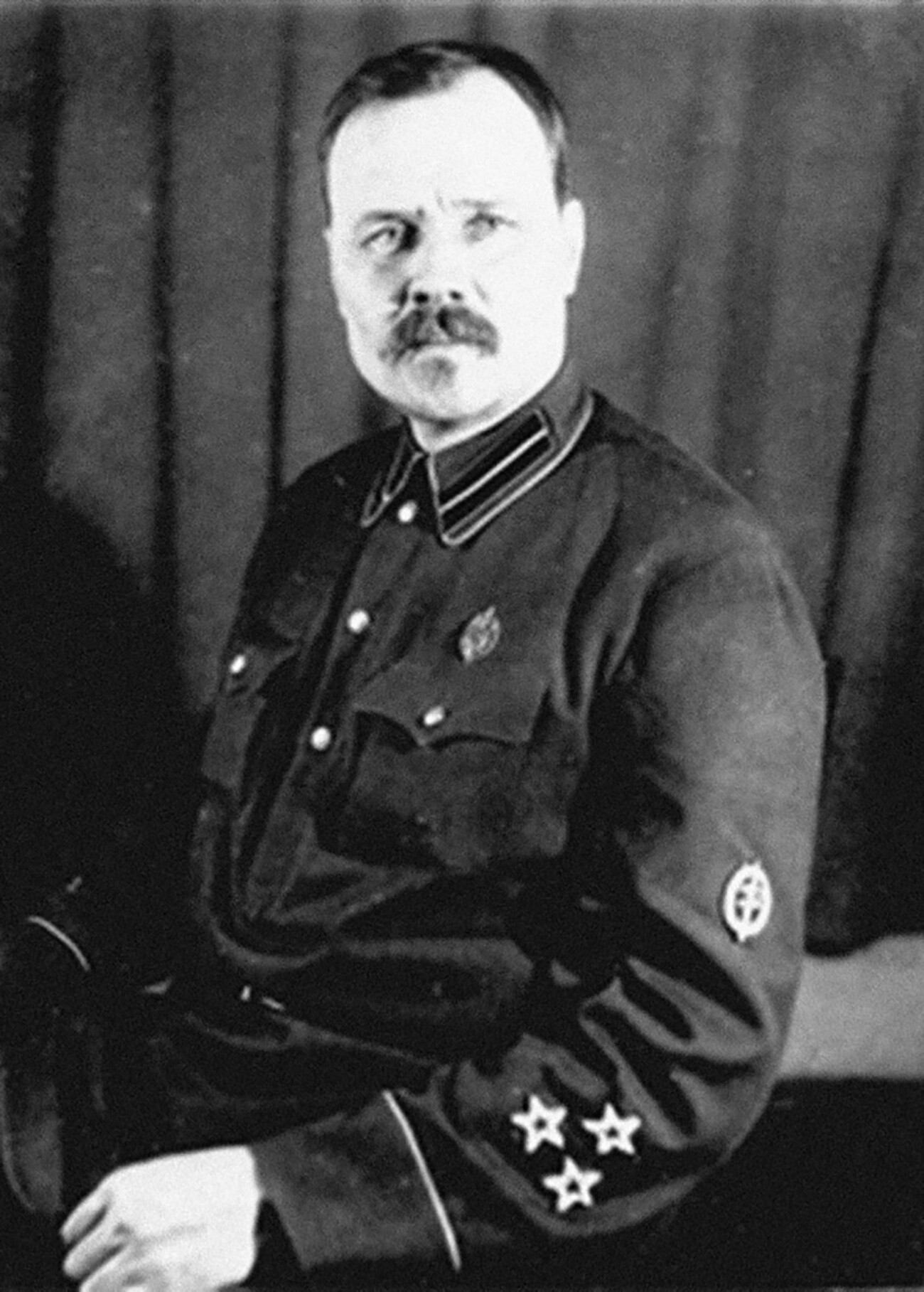
Chekist Medvedev, a member of the guards of the House of Special Purpose, was the first to open fire after Yurovsky announced the death sentence.
Medvedev rose to the rank of lieutenant colonel in the NKVD and died in Moscow in 1964. He wrote memoirs about his participation in the execution of the Romanovs, which were never published and are now stored in the Russian State Archive of Social and Political History.
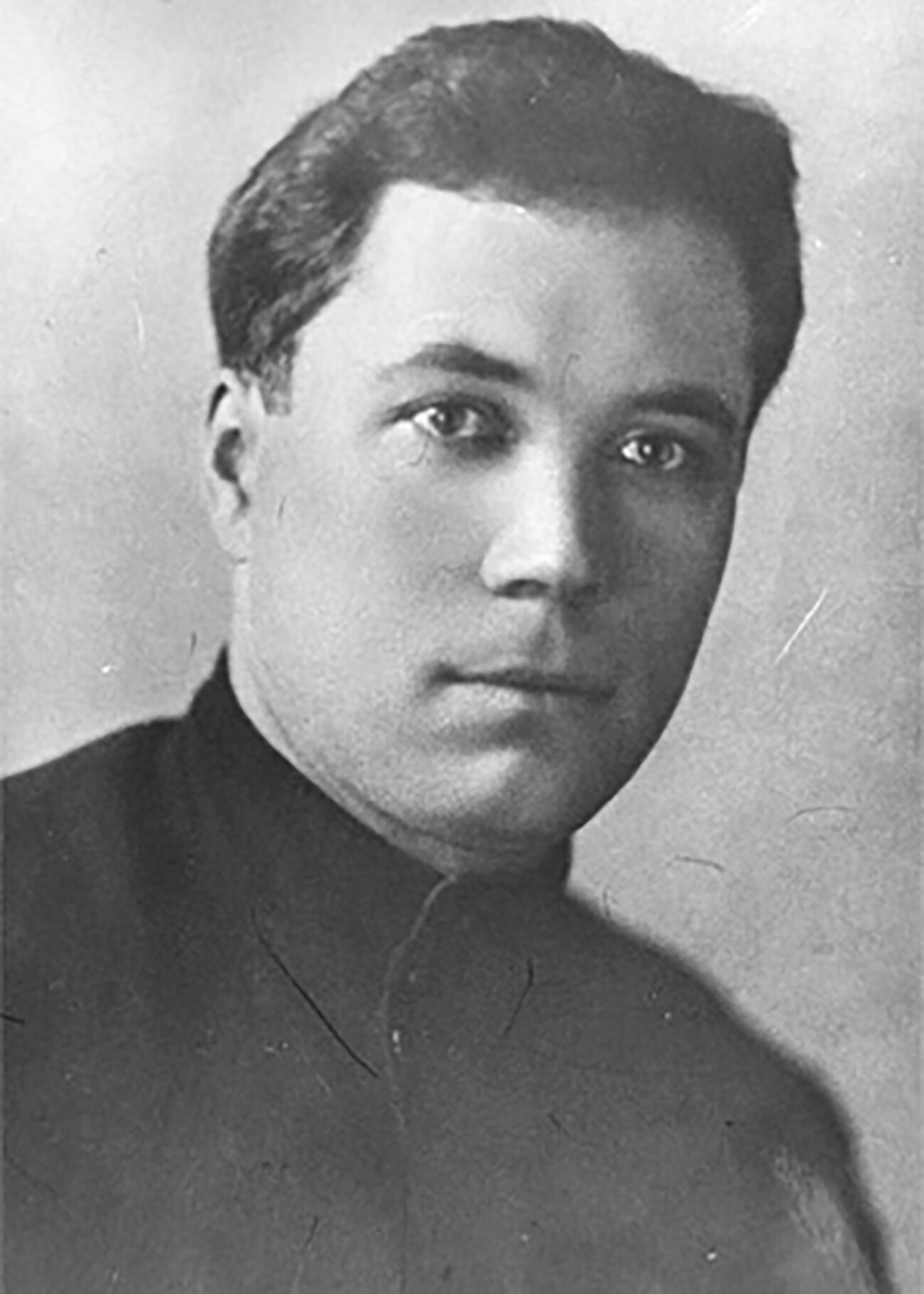
Beloborodov, chairman of the executive committee of the Ural Regional Council, signed the death sentence issued by the Council against Nicholas II. In the following years, he occupied a high position in the authorities and, in 1919, even claimed the high post of Chairman of the All-Russian Central Executive Committee. In the end, he was replaced by Mikhail Kalinin.
In the intra-Party struggle Beloborodov supported Lev Trotsky, for which he was expelled from the Party in 1927 and exiled to Arkhangelsk. Three years later, he received a pardon when he declared a break with Trotskyism.
Alexander Beloborodov perished during the ‘Great Terror’. In 1938 he was shot together with his wife.

A member of the Ural Regional Council, Goloschekin took a direct part in the death sentence of Nicholas II. From 1925 to 1933 he held one of the leading positions in the Kazak (Kazakh) Autonomous Socialist Soviet Republic, where he strictly implemented the policy of collectivization. The resulting famine was dubbed the ‘Goloshchekin famine’.
In 1939, Philip Goloshchekin was arrested, accused of sympathizing with Trotskyism, overreaching in collectivization, preparing a terrorist act and other acts against the Party. On October 28, 1941, he was shot near the town of Kuibyshev (Samara).
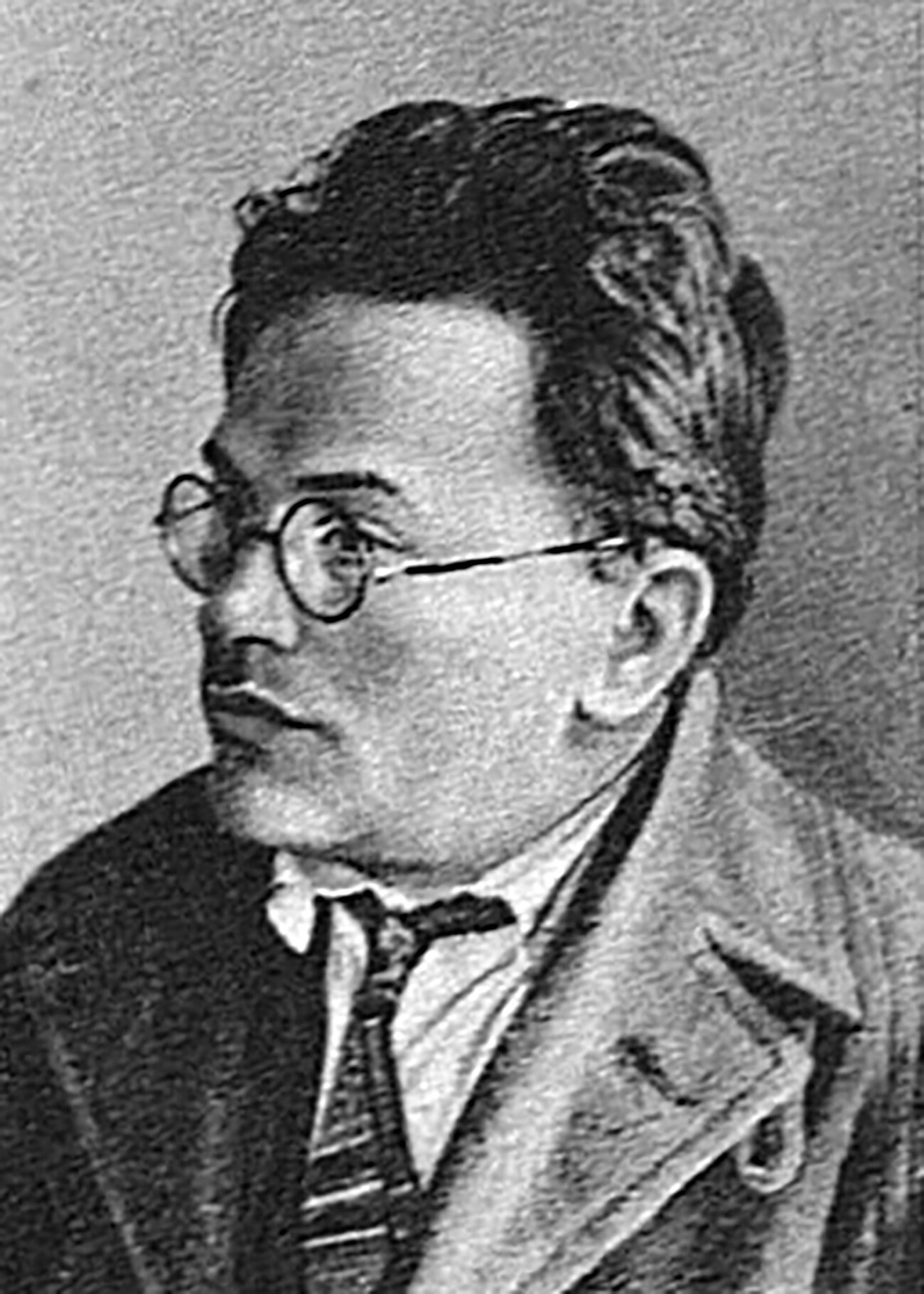
As a member of the Presidium of the Ural Regional Committee, Georgy Safarov decided on the fate of the royal family. Later, during the power struggle within the Party, he supported Grigory Zinoviev and Lev Trotsky.
In 1937, Safarov was arrested and spent five years in a Gulag camp. On July 27, 1942, he was shot "for anti-Soviet Trotskyist terrorist activity".
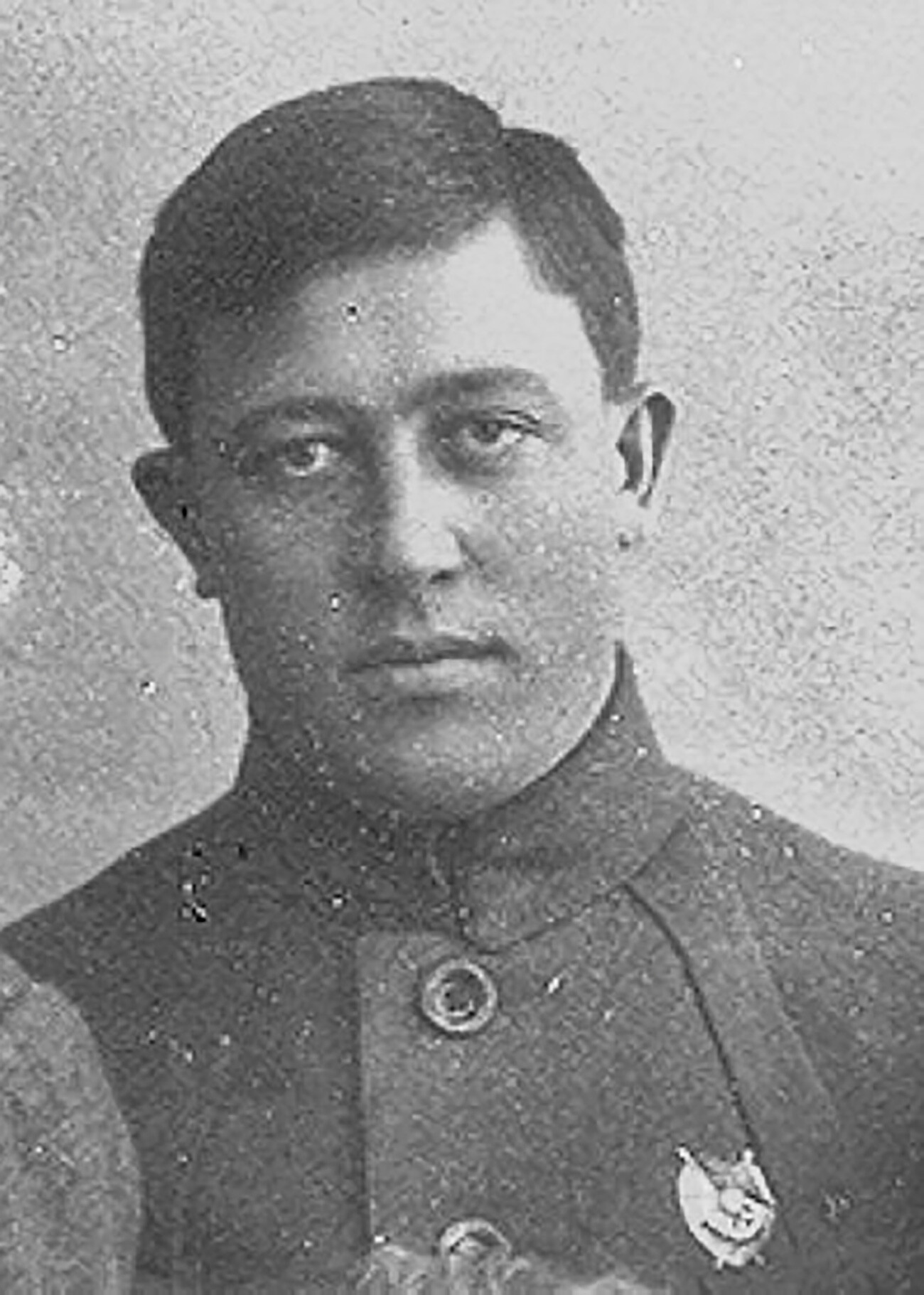
Nikulin served as Yurovsky's assistant in the Ipatiev House and was directly involved in the execution. The first years after the end of the Civil War, he devoted to the fight against crime and, at one time, even headed the Moscow Criminal Investigation Department.
From 1924, Grigory Nikulin was employed in the sphere of national economy. Until his death in 1965, he worked in the Water Supply and Sewerage Department of the Moscow City Executive Committee.
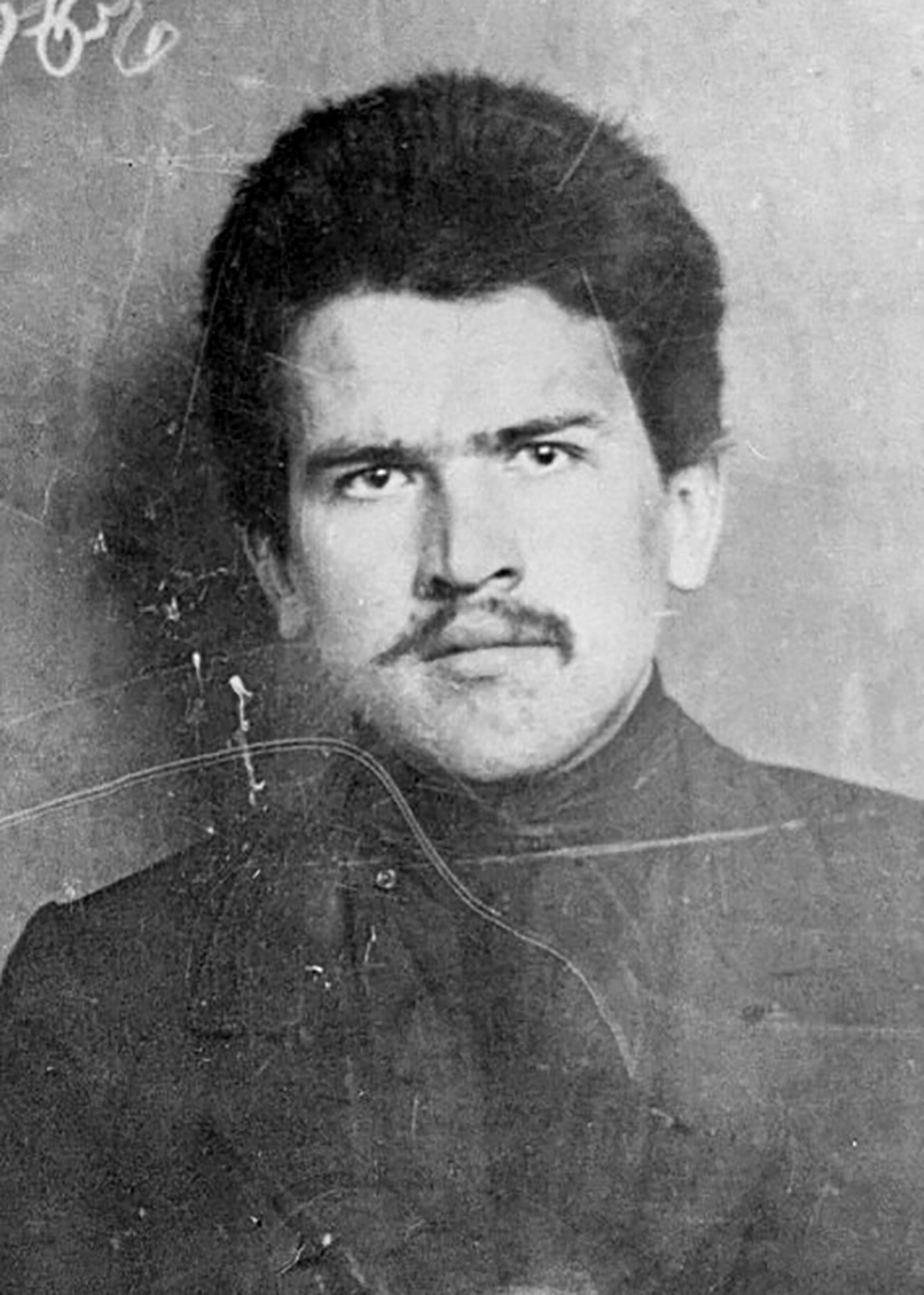
Yermakov, a Red Army commander, killed the Romanov survivors with his rifle bayonet. In later years, he served in senior positions in the police forces of Omsk and Yekaterinburg and also worked as an inspector of detention centers in the Urals.
During World War II, Yermakov commanded the People's Militia in the Molotovsky district of Yekaterinburg. He died of cancer on May 25, 1952.
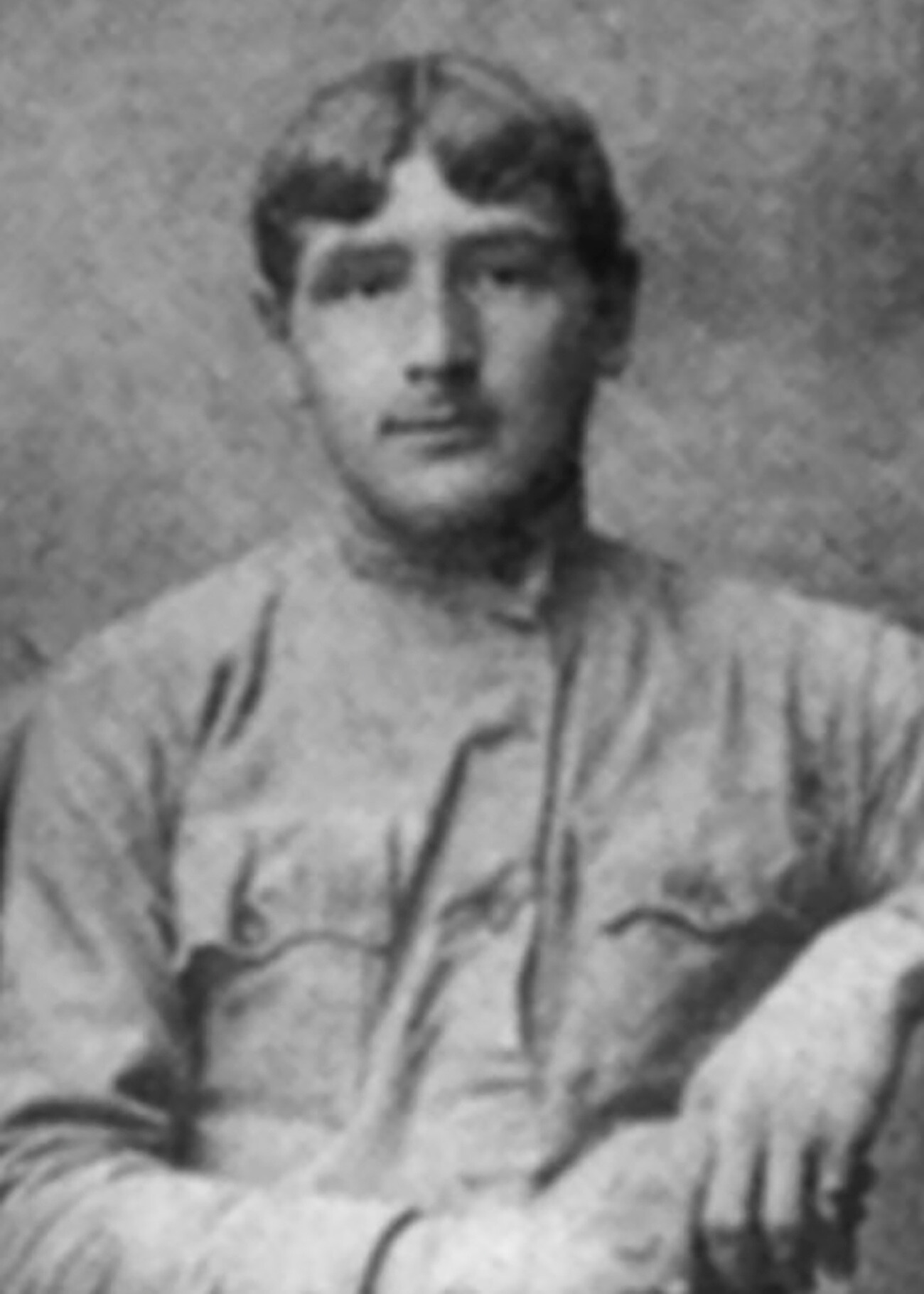
Seventeen-year-old Netrebin was the youngest participant in the execution. Later, he worked as a correspondent at the ‘Ural Worker’ newspaper and even wrote memoirs under the title ‘Memories of Netrebin Victor Nikiforovich, a participant in the execution of the Romanovs’.
In 1935, any trace of him was lost.
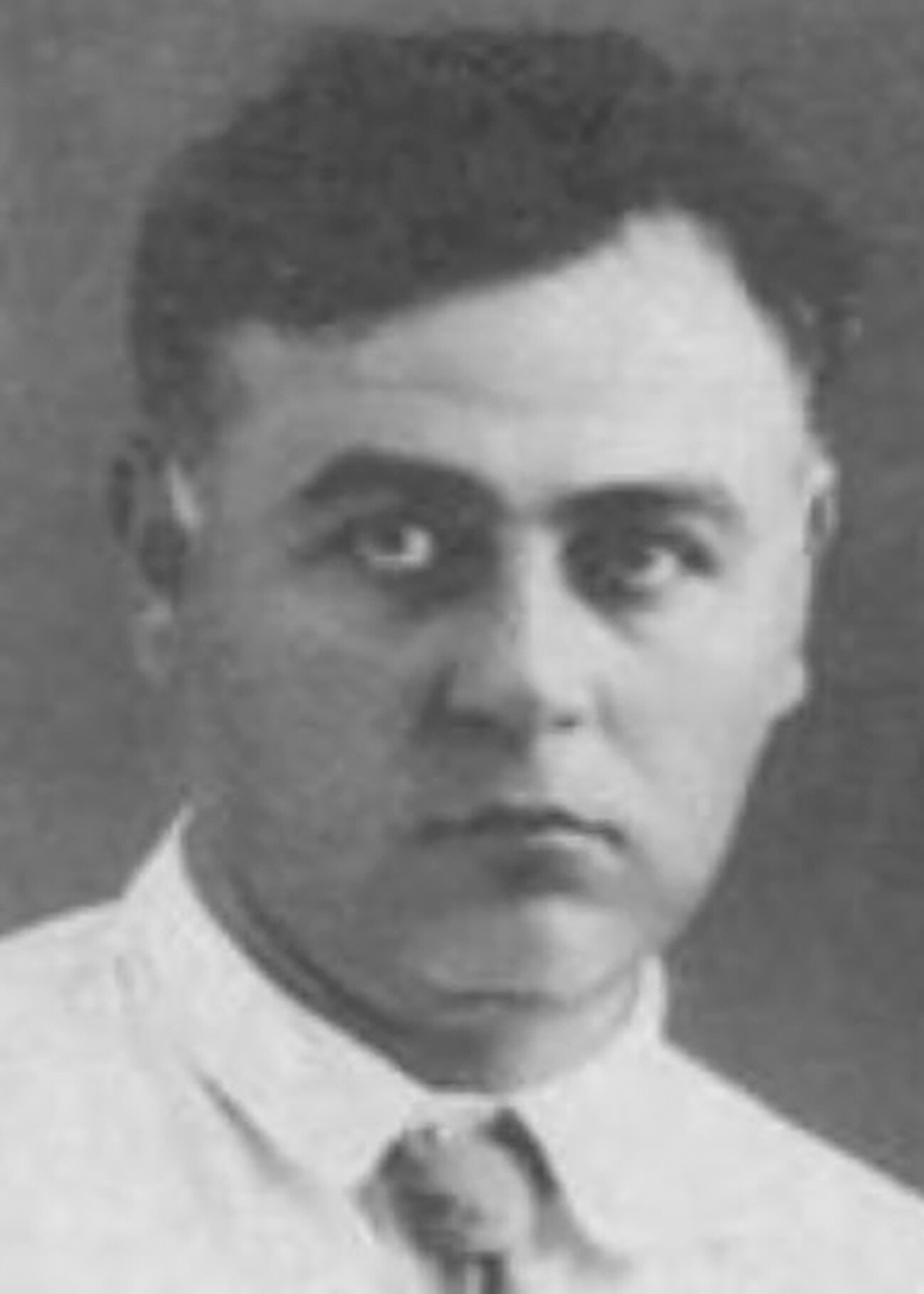
After the execution of the tsar's family, Cheka officer Isai Rodzinsky fought for some time on the fronts of the Civil War and served in the extraordinary judicial bodies – the Revolutionary Military Tribunals.
In the late 1930s, he completely changed his sphere of activity, finding himself working for the national economy and state administration. During the ‘Great Terror’, he spent three years in prison, but survived.
Rodzinsky lived safely until 1987. In 1964, he recorded a large interview about the murder of the royal family, in which he recalled how Tsesarevich Alexei "swallowed 11 bullets".

"Vaganov massacred the tsarevnas: they lay in a heap on the floor and moaned, dying… Vaganov kept shooting at Olga and Tatiana… I don't think any of us hit the maid. She slumped to the floor, hiding in the pillows. One of the guards, Vaganov, later pierced her throat with a bayonet…" This is how Pyotr Yermakov recalled sailor Stepan Vaganov’s participation in the execution of the Romanovs.
Vaganov was Yermakov's main assistant in the Ipatiev House. He did not manage to leave Yekaterinburg before the arrival of the Whites and hid in the cellar of one of the houses. As a result, he was found, dragged outside and immediately killed.

As a member of the Presidium of the Ural Regional Council, Voikov took a direct part in passing the death sentence on the emperor. In the following years, he showed himself in the field of foreign trade and in the diplomatic service.
On June 7, 1927, plenipotentiary representative of the USSR in the Polish Republic Pyotr Voikov was mortally wounded at a railway station in Warsaw. The murderer was a white emigrant named Boris Koverda, who explained the motives for his act as follows: "I avenged Russia, for the millions of people tortured by the Bolsheviks."
Polish authorities sentenced Koverda to hard labor for life. However, in 1937, he was released under an amnesty.
If using any of Russia Beyond's content, partly or in full, always provide an active hyperlink to the original material.
Subscribe
to our newsletter!
Get the week's best stories straight to your inbox